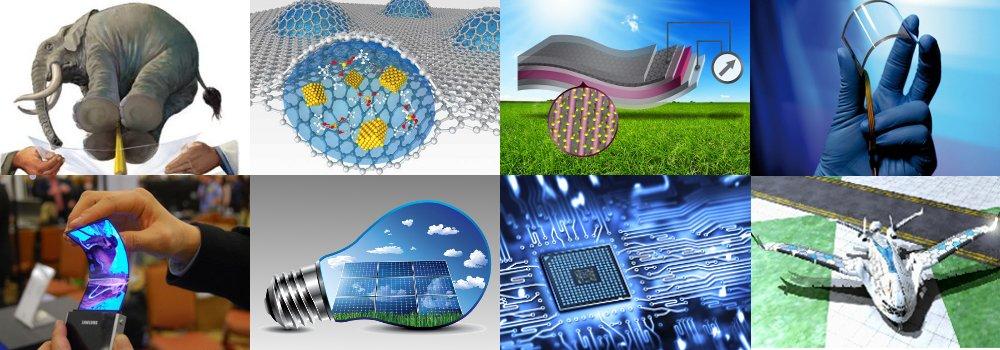Tame the unruly electrons in graphene could help to invent new electronics parts

Tame the unruly electrons in graphene could help to invent new electronics parts
Graphene is a better conductor than copper but electrons that move through it can’t be stopped because when electrons move through it, they do so in straight lines and their high velocity does not change. And if they hit a barrier, they can’t turn back, so they have to go through it. so scientists have been looking at how to control or tame these electrons.
Scientists at Rutgers University-New Brunswick succeeded to tame the unruly electrons in graphene, paving the way for the ultra-fast transport of electrons with low loss of energy in a new way.
This tech using a sharp tip creates a force field that can trap electrons in graphene or modify their trajectories, similar to the effect a lens has on light rays, “This shows we can electrically control the electrons in graphene,” said Eva Y. Andrei, Board of Governors professor in Rutgers’ Department of Physics and Astronomy in the School of Arts and Sciences and the study’s senior author. “In the past, we couldn’t do it. This is the reason people thought that one could not make devices like transistors that require switching with graphene because their electrons run wild.”
The photon-like propagation of the Dirac electrons in graphene, together with its record-high electronic mobility can lead to applications based on ultrafast electronic response and low dissipation. However, the chiral nature of the charge carriers that is responsible for the high mobility also makes it difficult to control their motion and prevents electronic switching. Here, we show how to manipulate the charge carriers by using a circular p–n junction whose size can be continuously tuned from the nanometre to the micrometre scale. The junction size is controlled with a dual-gate device consisting of a planar back gate and a point-like top gate made by decorating a scanning tunnelling microscope tip with a gold nanowire. The nanometre-scale junction is defined by a deep potential well created by the tip-induced charge. It traps the Dirac electrons in quantum-confined states, which are the graphene equivalent of the atomic collapse states (ACSs) predicted to occur at supercritically charged nuclei. As the junction size increases, the transition to the optical regime is signalled by the emergence of whispering-gallery modes similar to those observed at the perimeter of acoustic or optical resonators, and by the appearance of a Fabry–Pérot interference pattern for junctions close to a boundary.

how tamed “wild” electrons in graphene by sending voltage through a high-tech microscope with an extremely sharp tip
“This shows we can electrically control the electrons in graphene,” said Eva Y. Andrei, Board of Governors professor in Rutgers’ Department of Physics and Astronomy in the School of Arts and Sciences and the study’s senior author. “In the past, we couldn’t do it. This is the reason people thought that one could not make devices like transistors that require switching with graphene because their electrons run wild.”
Now it may become possible to realize a graphene nano-scale transistor, Andrei said. Thus far, graphene electronics components include ultrafast amplifiers, supercapacitors and ultralow resistivity wires. The addition of a graphene transistor would be an important step towards an all-graphene electronics platform. Other graphene-based applications include ultrasensitive chemical and biological sensors, filters for desalination and water purification. Graphene is also being developed in flat flexible screens and paintable and printable electronic circuits.
Graphene is a nano-thin layer of the carbon-based graphite that pencils write with. It is far stronger than steel and a great conductor. But when electrons move through it, they do so in straight lines and their high velocity does not change. “If they hit a barrier, they can’t turn back, so they have to go through it,” Andrei said. “People have been looking at how to control or tame these electrons.”
The Source:
https://www.nature.com/nnano/journal/vaop/ncurrent/full/nnano.2017.181.html
https://news.rutgers.edu/taming-wild-electrons-graphene/20171022#.Wf7pYd9fikD























